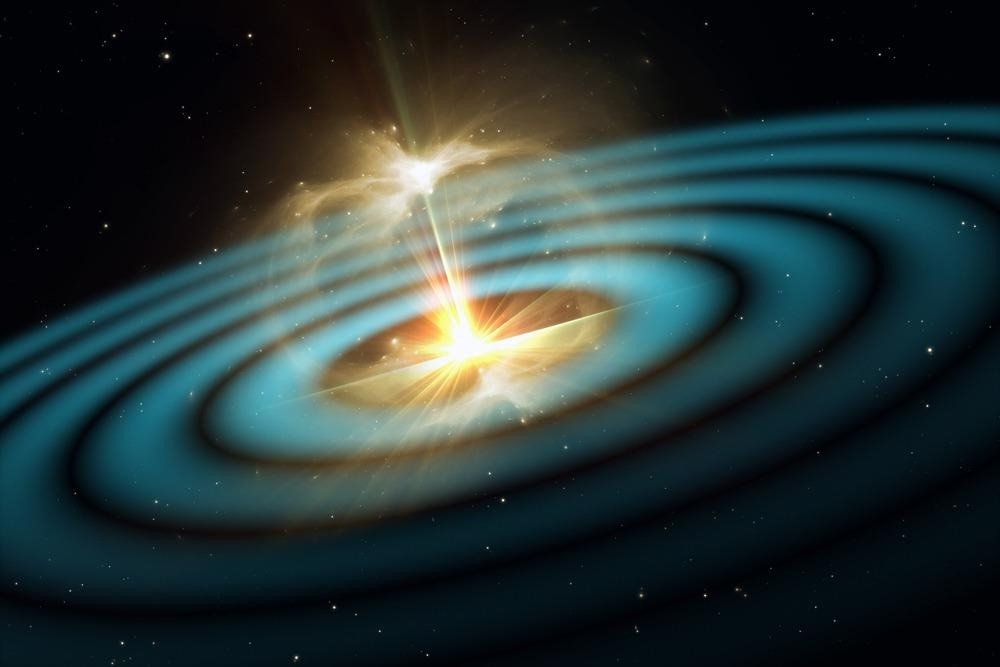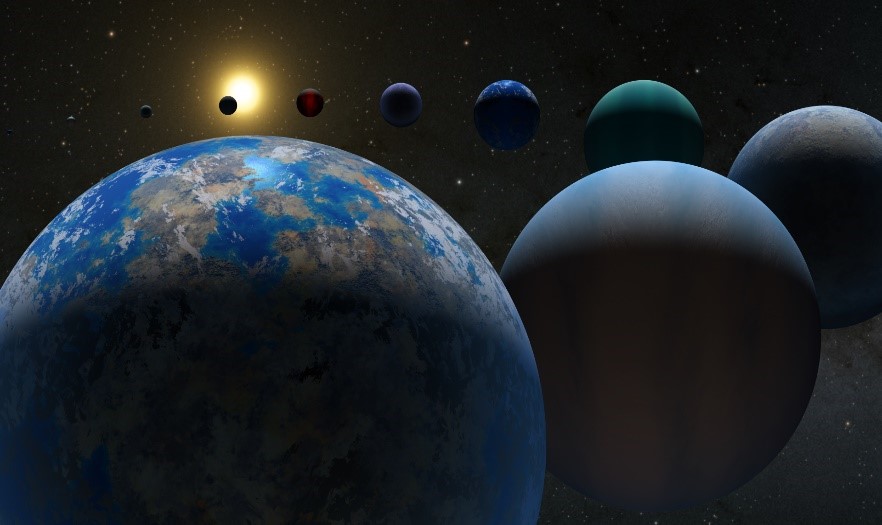The Future of Gravitational Wave Astronomy: Cosmic Insights Await
After turning on in September of 2015, the twin Laser Interferometer Gravitational-wave Observatories -- the LIGO detectors in Hanford, WA and Livingston, LA -- simultaneously detected not just one but two definitive black hole-black hole mergers during its first run, despite having reached only 30% of the sensitivity it was designed for. These two events, one of a 36 and a 29 solar mass black hole merging on September 14, 2015, and one of a 14 and an 8 solar mass black hole merging on December 26, 2015, provided the first definitive, direct detections of the gravitational wave phenomena. It's a remarkable fact, in and of itself, that it took a full century after their predictions for technology to catch up to the theory, and actually catch them.

Figure 1. The Future of Gravitational Wave Astronomy: Cosmic Insights Await
The Future of Gravitational Wave Astronomy: Cosmic Insights Await is shown in Figure 1. But detecting these waves is just the beginning, as a new era in astronomy is now dawning. 101 years ago, Einstein put forth a new theory of gravitation: General Relativity. Instead of distant masses instantaneously attracting one another across the Universe, the presence of matter and energy deformed the fabric of spacetime. This entirely new picture of gravity brought with it a slew of unexpected consequences, including gravitational lensing, an expanding Universe, gravitational time dilation and -- perhaps most elusively -- the existence of a new type of radiation: gravitational waves.
As masses moved or accelerated relative to one another through space, the reaction of space itself causes the very fabric itself to ripple. These ripples travel through space at the speed of light, and when they pass through our detectors after a journey across the Universe, we can detect these disturbances as gravitational waves.[1]
Expanding the Gravitational Wave Network: A Global Effort
- Discuss the growth of the global network of gravitational wave detectors, including new observatories like KAGRA in Japan and plans for future detectors.
- Highlight the significance of a larger network in improving localization accuracy and enhancing our ability to pinpoint the sources of gravitational waves.
Observing Supernovae and Neutron Star Interiors: The Violent Lives of Stars
- Explore the potential for detecting gravitational waves from supernova explosions, shedding light on the final moments of massive stars.
- Discuss the prospect of probing the interior structure of neutron stars through their gravitational wave emissions, revealing the fundamental nature of ultra-dense matter.
Cosmic Strings and Primordial Black Holes: Probing the Early Universe
- Explain the concept of cosmic strings and their potential to generate detectable gravitational waves through their oscillations or interactions.
- Explore how gravitational waves could unveil the existence of primordial black holes, providing insights into the universe's infancy.
Black Hole Populations and Dynamics: Merging Mysteries
- Discuss the potential for studying the population of black holes through their mergers and interactions.
- Explore the implications of observing unexpected black hole masses, spins, and binary configurations, challenging our current models.
Multi-Messenger Astronomy: A Collaborative Future
- Emphasize the importance of multi-messenger observations, combining gravitational wave data with other forms of electromagnetic radiation.
- Highlight the synergy between gravitational wave detectors, traditional telescopes, and future observatories like the Cherenkov Telescope Array.
Conclusion: The future of gravitational wave astronomy is teeming with possibilities and promises to reveal profound insights into the fundamental nature of the universe. As technology advances and our global network of detectors expands, we stand on the brink of unraveling cosmic mysteries that were once beyond our reach. Gravitational waves are not only expanding our knowledge of astrophysics but also forging a deeper connection between various fields of science. By embracing this collaborative spirit, we are poised to uncover cosmic secrets that have eluded us for centuries. With each new detection, we inch closer to unlocking the full potential of gravitational wave astronomy and embarking on a journey of discovery that will captivate generations to come.
References:
- https://www.forbes.com/sites/startswithabang/2016/06/22/what-is-the-future-of-gravitational-wave-astronomy/?sh=237f81959e16
Cite this article:
Gokula Nandhini K (2023), The Future of Astronomy: Advancements and Discoveries, AnaTechmaz, pp.5





